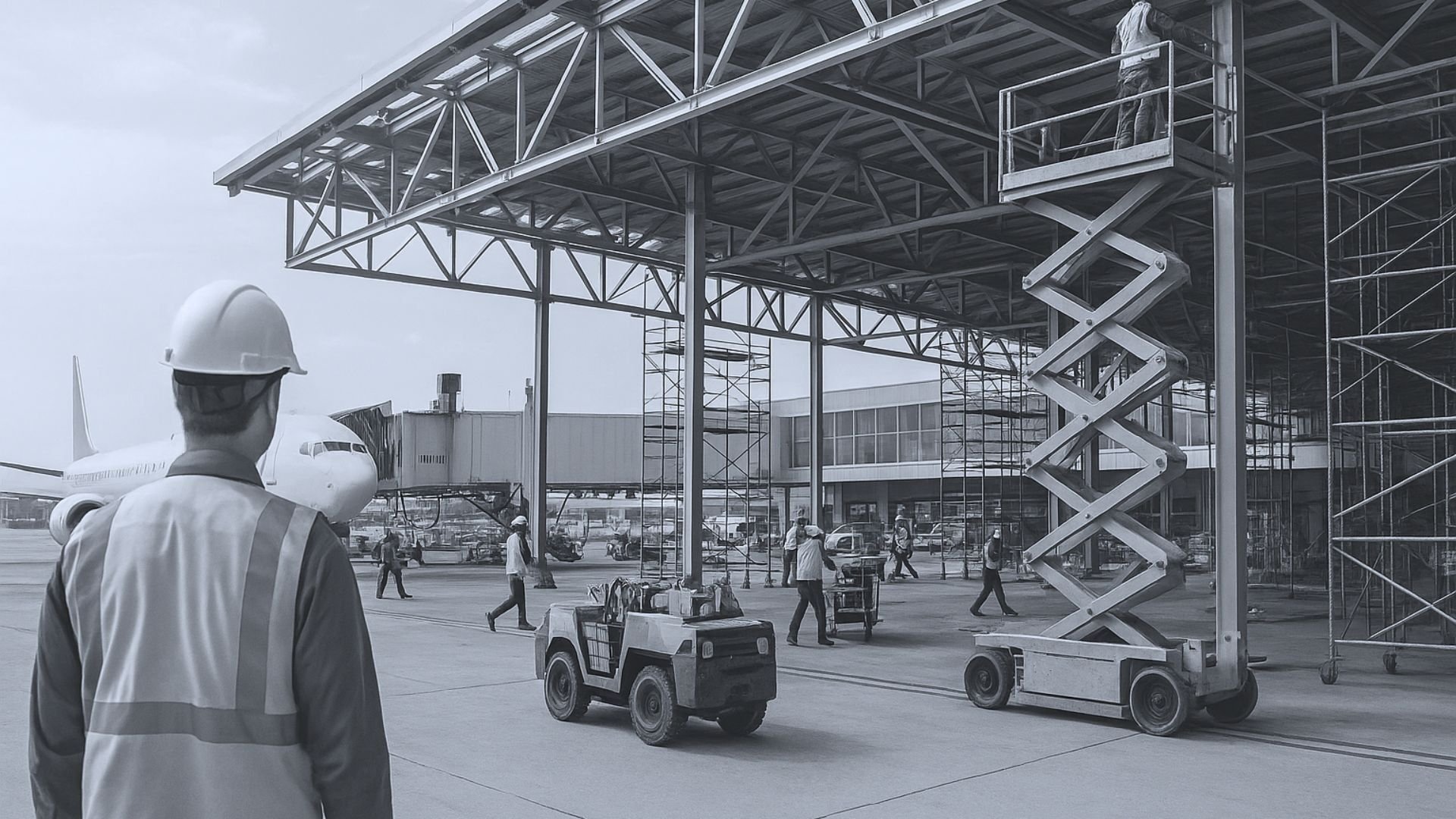As airports confront record-breaking demand and rising passenger expectations, the challenge facing industry leaders is no longer whether to invest in capacity—but how to do so strategically and sustainably. The ACI-NA’s recent report projecting $173.9 billion in infrastructure needs for U.S. airports over the next five years is a clear indicator of the urgency. But with complexity rising and data more available than ever, physical expansion should not be the only lever for growth.
At Copenhagen Optimization, we believe it’s time to broaden the conversation: Growth without expansion isn’t just possible—it should be a central pillar of every airport’s capacity strategy.
A smarter starting point: Optimize before your build.
We are not suggesting that optimization eliminates the need for infrastructure development. Rather, it should be treated as a critical first step—a cost-effective and fast-moving tactic that complements long-term expansion planning.
Think of optimization as a strategic accelerant: it provides immediate relief to strained operations, extends the utility of current assets, and supports better-informed capital planning. It’s also inherently sustainable—drawing on the principle that the most sustainable building is the one that is never built.
Complexity is rising. So is the opportunity.
Airports today operate in an environment of growing operational complexity. Passenger volumes fluctuate unpredictably, airline schedules shift frequently, and regulatory requirements evolve continuously. Against this backdrop, the old approach of static planning and rigid infrastructure simply doesn’t hold up.
Fortunately, modern technology is built to embrace complexity, not avoid it. With robust data pipelines, predictive models, and real-time analytics, it’s now possible to turn complexity into clarity—and action.
You might also want to read: 4 reasons your airport needs to embrace new technologies in 2025.
Abundant data, untapped value
Airports are awash in data, from check-in to boarding. But too often, that data sits siloed and underutilized. The key to unlocking growth lies in turning this latent information into operational intelligence.
That’s where our Better Airport SaaS platform comes in. Designed specifically for airport environments, Better Airport enables data-driven decision-making across check-in, security, stand allocation, and more. With modular tools for both planning and live operations, the platform helps airports make the most of every square meter—maximizing throughput without increasing footprint.
Real-world results. No shovel required.
Airports using Better Airport have already seen powerful outcomes—often without any physical changes to infrastructure. Improvements in passenger flow, operational efficiency, and staff deployment have created new capacity from existing assets.
Here’s how we help unlock it:
- Dynamic resource allocation: Real-time data and predictive analytics direct staff and equipment where they’re most needed—minimizing idle time and reducing bottlenecks.
- Utilization transparency: Centralized dashboards provide a clear, live view of how key assets like security lanes and check-in counters are performing.
- Scenario Planning: Our simulation tools allow for proactive planning, helping airports test and refine operational strategies before they go live.
These capabilities are not theoretical—they are being deployed now to drive measurable gains in performance, agility, and passenger satisfaction.
Rethinking the role of infrastructure
The ACI-NA report rightly highlights constraints in funding mechanisms such as the static Passenger Facility Charge (PFC). But policy reform isn’t the only—or fastest—solution. Airports must also adopt a more adaptive approach to investment, where digital tools and operational optimization provide a bridge to future infrastructure.
This is not an either/or proposition. It’s a both/and. Optimization should be integrated directly into the planning and delivery of capital projects. It’s the key to ensuring new facilities are right-sized, well-utilized, and future-proofed.
Towards a more resilient, sustainable airport future
Airports are, as ACI-NA’s Kevin M. Burke wrote, “indispensable engines of economic growth.” To keep playing that role in a resource-constrained world, they must become more than physical gateways—they must become data-driven, agile ecosystems.
Growth without expansion is not a replacement for infrastructure. It’s a necessity in its own right—and a powerful tool for resilience, sustainability, and smart stewardship of public and private investment.
Before we build bigger airports, let’s build smarter ones.



